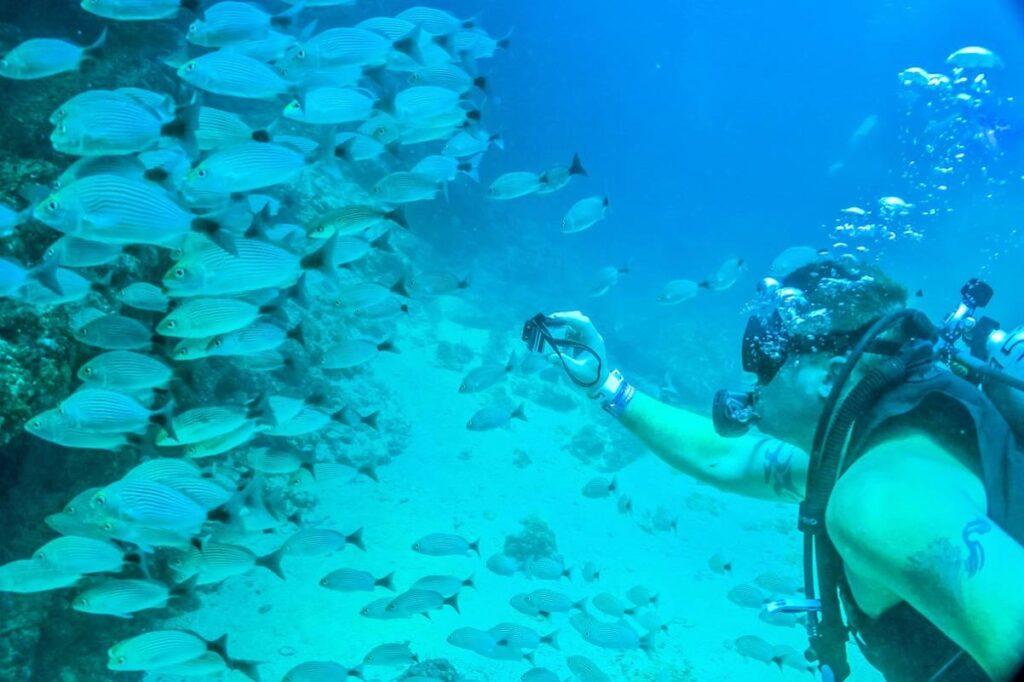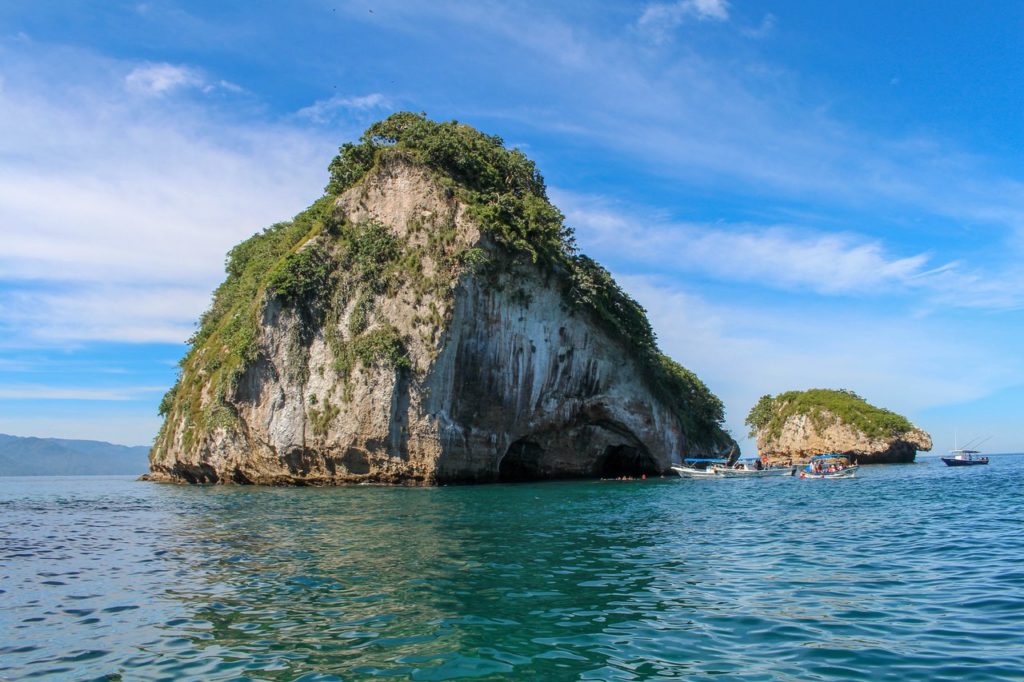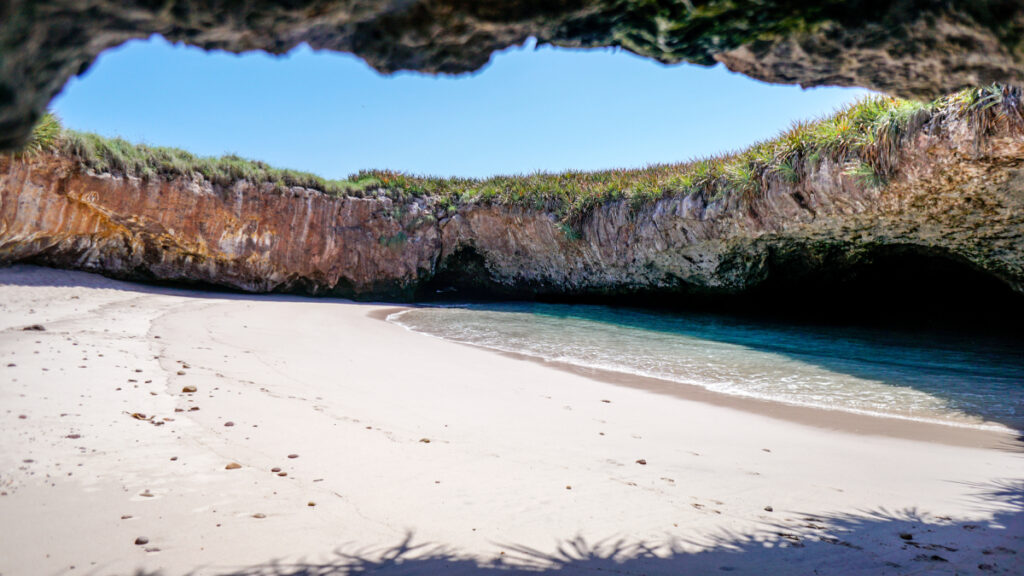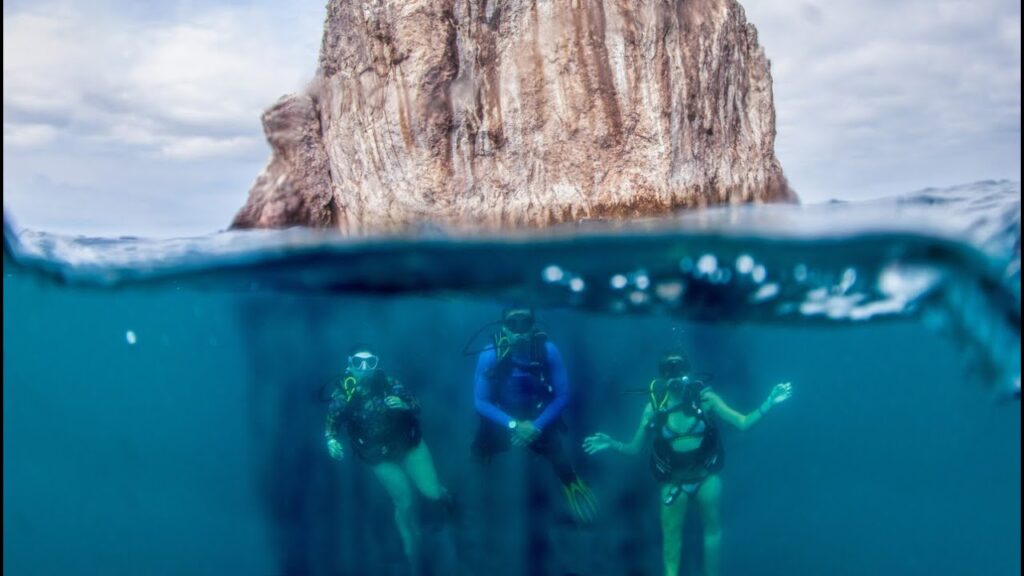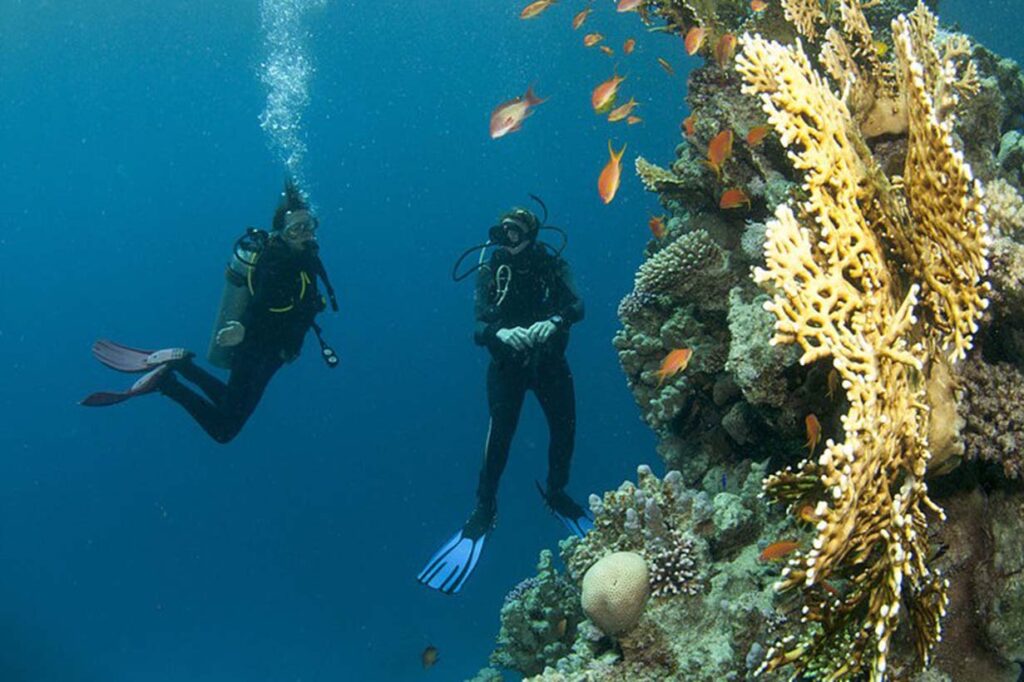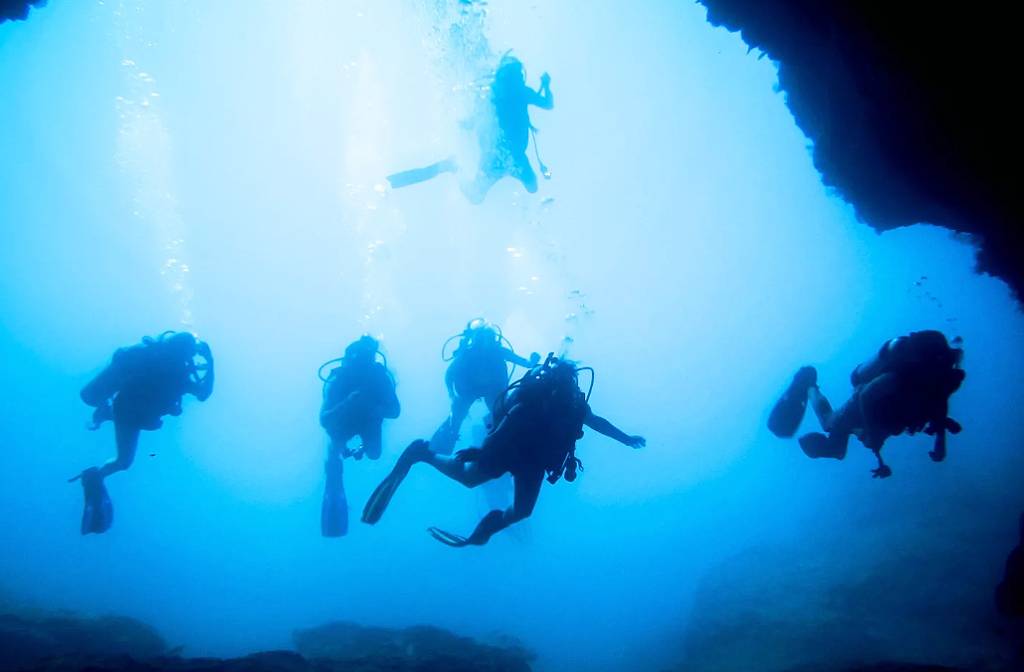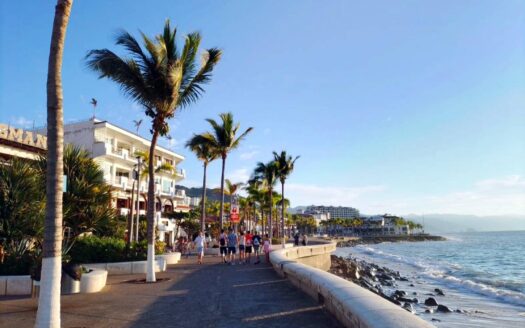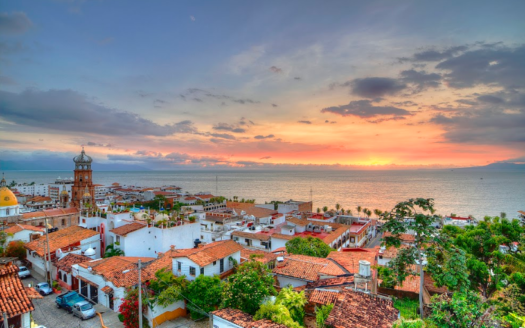The most incredible places to dive in Banderas Bay
The Bahía de Banderas (Banderas Bay) offers some of the best diving along the Mexican Pacific coast and an underwater paradise for those who venture below sea level. From coral reefs to caves and tunnels, this region offers a unique experience for travelers looking for more than just the beach during their vacation.
Diving can become a passion because it allows you to get up close and personal with marine life, coral reefs, colorful fish, starfish, jellyfish and many other species that call the sea home.
Both in Puerto Vallarta and the Riviera Nayarit there are several options to discover the fascinating marine fauna. June to October is low season for diving experiences, but it is a good time for beginners, with significantly warmer waters. Experienced divers look forward to the winter season, when, with luck, they will be able to spot giant tortoises, manta rays, and even humpback whales and their calves.
Throughout the tourist corridor there are several diving centers with high-quality equipment available and professional instructors who will take you to discover the best places to dive and the fascinating marine fauna of Banderas Bay.
Below are some of the most popular places to dive in Banderas Bay:
Los Arcos National Marine Park: it is a natural reef located near the community of Mismaloya, in Puerto Vallarta. The place is home to the deepest point of Banderas Bay and is ideal for divers of all levels, from experienced to novices, who can explore underwater caves, reefs full of tropical fish and see everything from turtles, octopuses and seahorses. , even dolphins, giant manta rays and much more.
Islas Marietas (Marietas Islands): It is one of the most popular diving sites in the Riviera Nayarit thanks to its incredible marine diversity. You will marvel at the number of colorful fish that live there! It’s ideal for beginners: depth ranges from 24 to 75 feet (7.5 to 23 m) and average visibility is 39 feet (12 m), meaning if you decide to venture out you’ll only need one oxygen tank. You can also kayak, snorkel and paddleboard in the surrounding area.
El Morro: Just 12 km (7 mi) west of the Marietas Islands lies El Morro, a series of rocky peaks that rise above sea level and descend to 45 m (148 ft). At El Morro you can dive in walls and caves, and there is a 15 m (49 ft) long tunnel for swimming. It also offers a unique opportunity to observe lobsters, turtles, octopuses, sharks, seahorses, dolphins, colorful fish and huge manta rays and eels. It is important to note that, due to the level of difficulty, the place is reserved only for small groups of certified divers.
Los Anegados: This is a very popular site with qualified expert open water divers. It is located halfway between El Morro and the Marietas Islands and is a site full of caverns and rock formations that go down to 9 m (30 ft) underwater, although in some areas the depths reach 24 m (79 ft). It has a fabulous diversity of marine creatures, so it is very common to see rays and eels, as well as tuna and pike. Giant manta rays and sharks have also been seen.
La Corbeteña: This remote location has moderate currents and depths up to 36 m (118 ft). This is an expert diver’s dream, with caves, arches and sloping walls. It is located 65 km (40 miles) from Nuevo Vallarta. Here you will find all kinds of marine life: manta rays, turtles, sharks and dolphins, not to mention groups of tuna in search of food. The depths of La Corbeteña are only open to private tours for groups of eight or more divers.
For the more adventurous:
There are other sites and activities available in Puerto Vallarta and Riviera Nayarit for divers. How much more extreme can you be?
Wreck Diving: There are several sunken ships around Puerto Vallarta that offer an exciting experience for divers, with a wide variety of marine life and underwater landscapes.
Freediving: For those looking for an even bigger thrill, some shops offer free diving. This activity requires you to train your body to dive to great depths (up to 50 meters) without equipment, holding your breath for long periods of time.

